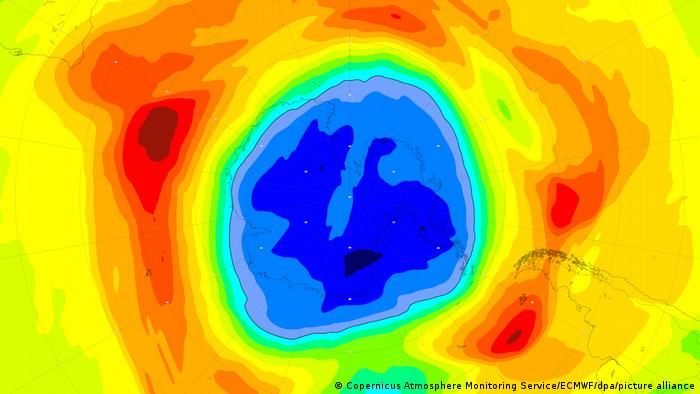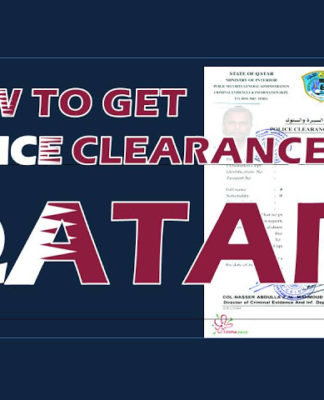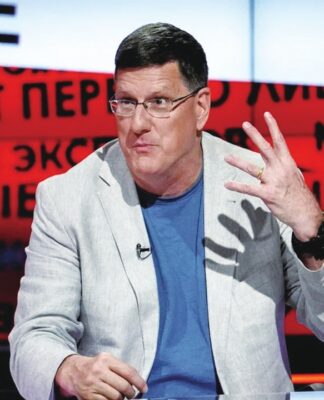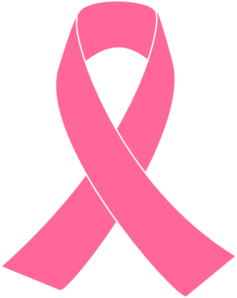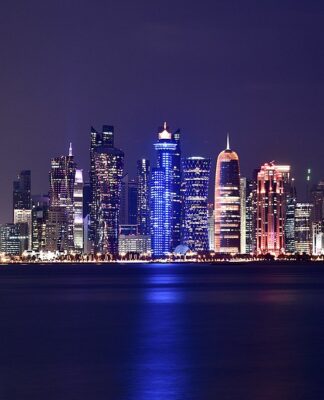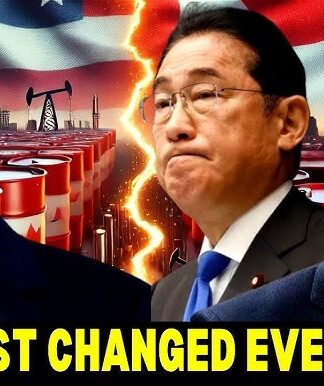The ozone layer is slowly getting healthier
Ozone-killing materials in Earth’s stratosphere fell over 50% to levels seen before the ozone hole became a problem, scientists say. But there’s still a way to go. Here’s why we need a healthy ozone layer.
A heatmap image of the ozone hole over the Antarctic
The health of the ozone layer has improved but scientists say there is still a large hole over the Antarctic
It’s not much — but the ozone layer is all there is between you and UV.
As the United Nations puts it, “if we could bring the entire ozone layer to sea level, it would be only about 3mm [0.118 inches] thick. That’s what protects us from harmful ultraviolet radiation.”
That really isn’t very much, is it — just 3mm of protection? You can’t even see it.
And in some regions of the stratosphere, the ozone is so depleted that we refer to an “ozone hole.” In fact, we have known for decades that the ozone layer is itself under threat and needs our protection.
The UN has been working to repair the hole for three decades via international treaties such as the Montreal Protocol on Substances that Deplete the Ozone Layer.
According to meteorologists at the US-based National Oceanic and Atmospheric Administration, in early 2022, the amount of ozone-killing materials in our stratosphere had fallen by 50% to levels last seen before the ozone hole became a problem.
But we still have a way to go before the ozone layer has healed. Here’s our brief guide to what you need to know about our very precious ozone.
What is the ozone layer?
Ozone is a molecule, consisting of three oxygen atoms (O3). Ozone molecules occur naturally in the upper atmosphere — known as the stratosphere — and form a layer of gas. This layer of gas protects life on Earth by filtering some (but not all) of the sun’s ultraviolet radiation.
Ozone is also created by chemical reactions between air pollutants and other emissions in the lower atmosphere — the troposphere.
While ozone provides us with a protective shield in the stratosphere, direct contact in the troposphere can be harmful to plants, animals and humans.
So, what’s the problem with ultraviolet radiation (UV)?
It is often said we need the ozone layer to stop UV radiation from “sterilizing” the Earth’s surface.
We know that sun rays do have the power to sterilize things, and that can be good — think about your washing drying on the line on a hot summer’s day. But what we really mean to say is that UV radiation can kill.
There are three types of UV radiation: A, B and C.
The ozone layer and atmosphere absorb all of the UVC — the most energetic form of UV radiation — and some UVB. UVA is not absorbed by the ozone layer and reaches the Earth’s surface in its entirety.
Humans need UVB radiation to generate vitamin D, which is good for people in appropriate doses. But too much UVB and UVA can cause serious illnesses, such as skin cancer, cataracts, suppression of the immune system, and premature aging of the skin. An excess of UV is also linked with reduced crop yields and adverse effects in the marine food chain.
What causes ozone depletion?
To a large extent, humans cause ozone depletion through our use of “ozone depleting substances” (ODSs).
Gases such as chlorofluorocarbons (CFCs), halons, CH3CCl3 (Methyl chloroform), CCI4 (Carbon tetrachloride), hydrochlorofluorocarbons (HCFCs) and methyl bromide destroy the ozone layer.
These substances can be found in refrigerators, air conditioners, aerosols, solvents and pesticides, to name a few.
They deplete the ozone layer by releasing chlorine and bromine atoms, which degrade ozone molecules in the stratosphere.
Part of the Rhone Glacier covered with white, UV-resistant blankets
Parts of the Rhone Glacier in the Swiss Alps, pictured here, are covered with white, UV-resistant blankets to protect it against melting
Scientists warn that “very short-lived substances” (VSLSs) also threaten the ozone layer. VSLSs occur naturally in marine life, among seaweed and phytoplankton. But we also produce human-made VSLSs, such as dichloromethane.
The ozone hole — it’s not really a hole, is it?
No, strictly speaking, there is no ozone “hole” — rather, there is a region of “exceptionally depleted ozone over the Antarctic.” It is also referred to as a “dramatic thinning” of ozone, which shows up during spring in the southern hemisphere (August-October).
There are “mini-holes” and other aberrations in the northern hemisphere, too.
Will the ozone layer ever heal completely?
Scientists say the future looks good for the ozone layer. It may recover to pre-1980 levels over the next 50 years — sometime between 2050 and 2065 — if we stick to goals set in international treaties.
The Vienna Convention and the Montreal Protocol, for instance, became the first treaties in the history of the UN to achieve universal ratification on September 16, 2009. And September 16 is now commonly known as World Ozone Day, or the International Day for the Preservation of the Ozone Layer.
NASA’s Ozone Watch provides daily updates, including images and animations from 1979 to 2022.
Edited by: Zulfikar Abbany
DW RECOMMENDS
Record-size ozone hole over Arctic now healed and closed
An “unprecedented” ozone depletion in the northern hemisphere has healed, but unlikely due to the impacts of worldwide coronavirus lockdowns, scientists say. The hole had been about three times the size of Greenland.
Date 13.09.2022
Author Clare Roth
Keywords ozone hole, ozone layer, World Ozone Day, UV radiation
Feedback: Send us your feedback.
Print Print this page
Permalink https://p.dw.com/p/4Gmbv
RELATED CONTENT
16.9.2021***
This image, provided on Thursday, Sept. 16, 2021 by the European Space Agency (ESA) shows a map of the ozone hole over the South Pole on 16 September 2021. Scientists say the Southern Hemisphere ozone hole is larger than usual and already surpasses the size of Antarctica. (AP Photo/European Space Agency, ESA)
Ozone hole larger than usual, EU scientists say 16.09.2021
A group of EU scientists say the hole in the ozone layer over Antarctica is larger than the continent itself . The discovery comes as the world marks the International Day for the Preservation of the Ozone Layer.









